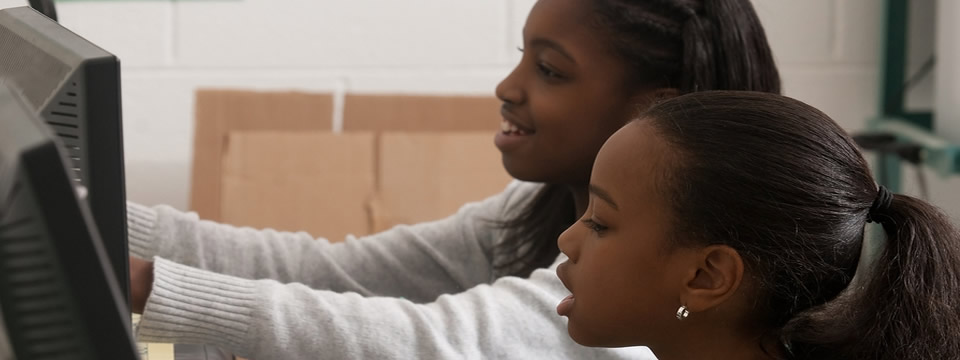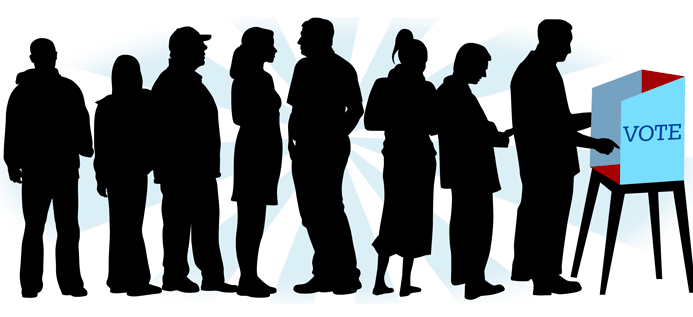The mentoring paradox, and how to solve it
by Jean Rhodes
In a forthcoming book, “Older and wiser: Rethinking youth mentoring for the 21st Century,” (Harvard University Press), I explore why the field of mentoring has remained somewhat decoupled from the more rigorous guidelines of prevention science, and has been granted considerable immunity from the consequences of disappointing findings over the years. Although a full explanation is beyond the scope of this post, I place considerable blame on the emotionally freighted term “mentor.” As programs diversified and moved away from the traditional Big Brothers Big Sisters designation of volunteers as “Bigs” and “Littles,” to “mentors,” and “mentees” (Irby & Boswell, 2016), a semantic sleight of hand occurred that continues to have far-reaching, unintended consequences.
The emotionally-freighted terminology of “mentor” led to the conflation of formal, often shorter ties, with the more spontaneous, “natural” ties that often develop in families, schools, and community settings. Programs and researchers drew little distinction between the two types of relationships and inspirational stories of young lives transformed by the caring touch of a self-sacrificing teacher or an uncommonly devoted volunteer became the aspirational goal posts for formal programs. This conflation persists. For example, DuBois & Keller (2017) recently wrote, “Formal mentoring programs exist to intentionally replicate the types of naturally occurring supportive adult relationships that developmental research has demonstrated to be so important for healthy youth outcomes” (p. 1490). This existential framing was also advanced by early studies that zeroed in on the benefits of a non-directive, youth-centered, non-hierarchical approach (Morrow & Styles, 1995). It was further supported by a broadly applicable, difficult-to-falsify conceptual model that highlighted the primacy of close, enduring relationships and drew no distinctions between formal and natural ties (Rhodes, 2005).
We all think in stories and, once anchored, tales of extraordinary mentors crowded out more ordinary goals and expectations. A narrow focus on outlier success led programs to downplay what it really takes to help a young person through a formal program, particularly given the number of youth who are referred with relatively serious emotional, behavioral, and academic difficulties. Outlier stories were also intimidating to potential volunteers, myself included, and may help to account for the trends in Census data that show that volunteer mentoring for an academic or calendar year have plateaued over the past decade, with only about 1% of adults signing up.
And herein lies the mentoring paradox. By pushing the relationship lever too hard, we subverted the delicate equilibrium in ways that actually weakened the relationships. Technology writer Edward Tenner (2018) notes that this phenomenon is common in medicine: “We know that the obsession with childhood hygiene, so popular since the early twentieth century, can weaken the immune system. We know that over-prescription of antibiotics can foster superbugs, that liberal use of opioids can reduce their effectiveness and encourage addiction, and that habitual reliance on sleeping pills can worsen insomnia. Few of us renounce medicine or pharmaceuticals, but we have a new respect for natural equilibria.” We also see this tension in community life, when personal freedom is pitted against the need to ensure equality, which requires constraints on more powerful interests (see Prof. Julian Rappaport’s thought-provoking paper “In praise of paradox“). And it certainly runs through the helping professionals, when the values of intuition and community collaboration brush up against the need for structure, expertise, and definable goals.
In mentoring, a close relationship is vitally important. But when it is construed as the only active ingredient, it creates unrealistic pressure on everyday relationships–zapping them of the closeness that can come when there are shared goals and a sense of purpose.










